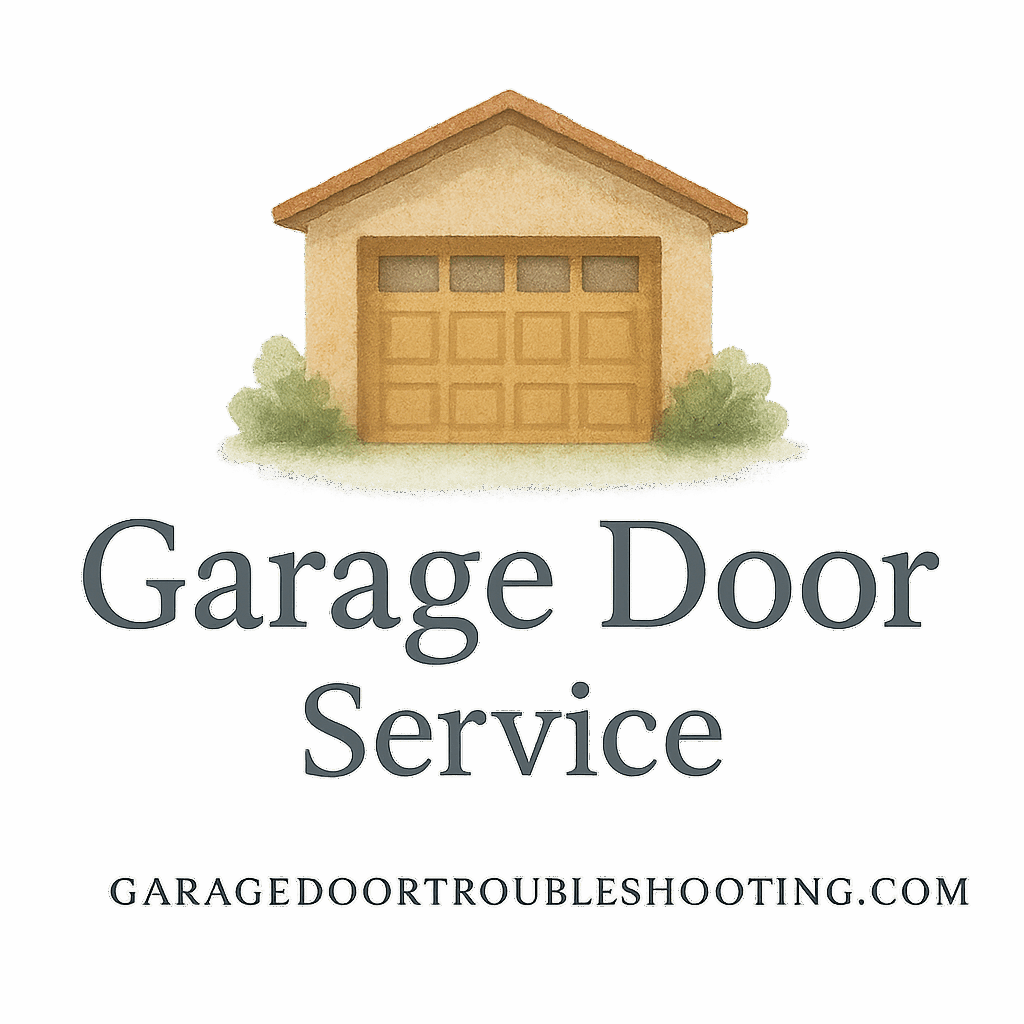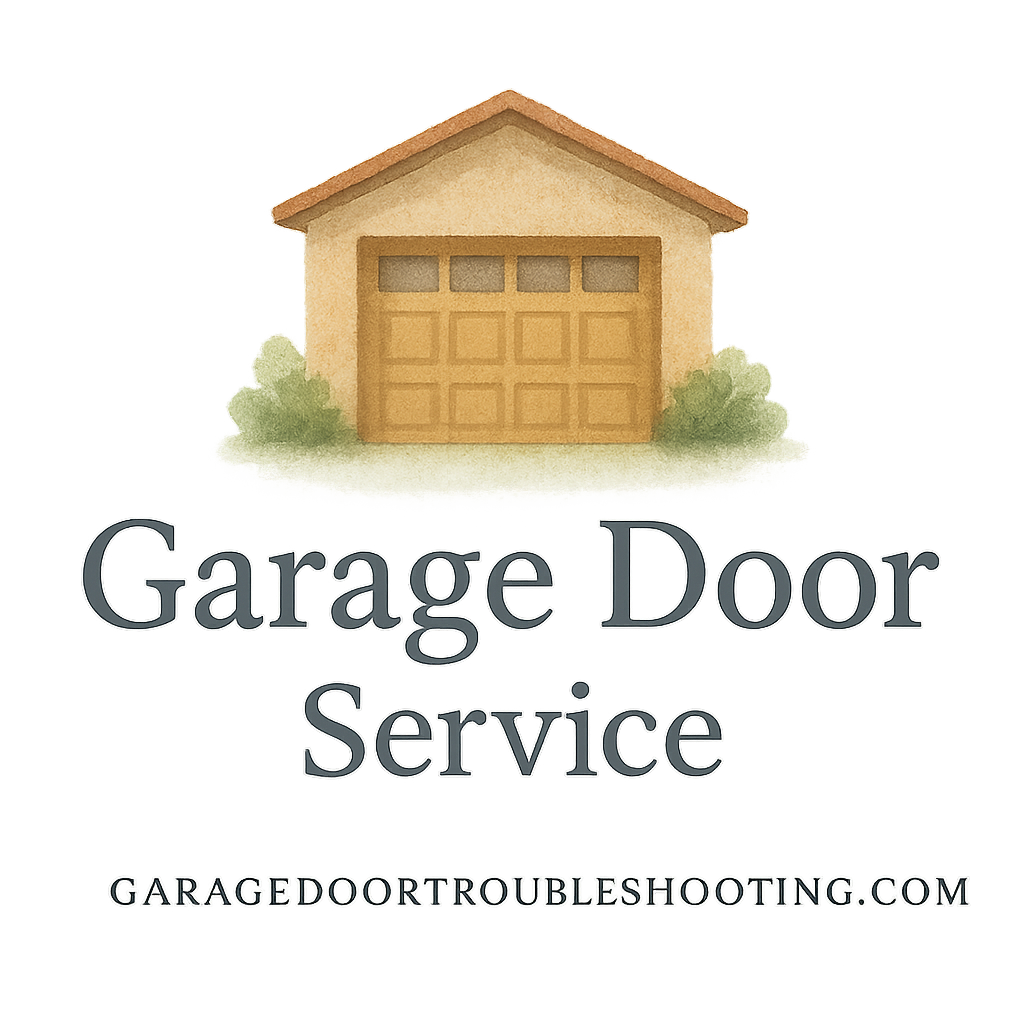Why Garage Door Repairs Matter for Homeowners
Your garage door is one of the largest moving parts in your home. It protects your car, adds curb appeal, and boosts security. But here’s the catch—like any machine, it needs repairs now and then. Without the right tools, even small issues can spiral into dangerous repairs that put your family and property at risk.
If you’ve ever struggled with a squeaky track or a stuck garage door, you know how frustrating it can be. That’s why having the right set of tools on hand makes you feel like a pro—even if you’re not one.
For detailed garage door installation advice, check out this resource.
Common Garage Door Problems You’ll Face
Before we jump into the toolbox, let’s get real about what you’ll encounter:
- Loose bolts and nuts.
- Misaligned tracks.
- Worn-out rollers.
- Squeaky hinges.
- Cables slipping off drums.
These issues are common for homeowners and often manageable with the right gear. Of course, for more complex repairs, it’s wise to consult garage door services professionals.
When to DIY vs. Call a Professional
Here’s the rule of thumb: if it involves garage door springs, call a professional. Springs are dangerous, and one wrong move can cause serious injury. For simpler fixes, like tightening bolts or replacing rollers, DIY is perfectly safe with proper precautions.
Want to learn about dangerous repairs to avoid? Check out this guide.
Tool #1: Adjustable Wrenches
Why Wrenches Are Crucial for Garage Door Bolts
Adjustable wrenches are like the Swiss Army knife of your garage door toolkit. They’re essential for tightening or loosening nuts and bolts that keep the tracks, hinges, and brackets secure.
Best Practices for Using Wrenches
- Use the correct size to avoid stripping bolts.
- Always tighten evenly across the hardware.
- Keep a pair—small and large—for flexibility.
For more maintenance tips, visit this page.
Tool #2: Screwdriver Set
Flathead vs. Phillips: Which Do You Need More?
Garage doors use both flathead and Phillips screws. Flatheads are common for older doors, while Phillips dominate modern installations. A full set ensures you’re covered.
Safety Tips for Using Screwdrivers
- Never use a worn-out screwdriver tip—it can slip and cause injury.
- Store them in a dry place to prevent rust.
Tool #3: Power Drill
How a Power Drill Saves You Time
Why spend 20 minutes tightening a screw when a power drill can do it in seconds? This tool isn’t just about convenience; it also ensures consistent torque.
Must-Have Drill Bits for Garage Door Repairs
- Phillips bits.
- Flathead bits.
- Nut driver bits for hex screws.
For more DIY insights, check out the DIY tag.
Tool #4: Socket and Ratchet Set
Tackling Tight Bolts with Ease
Some bolts are too tight for a wrench alone. A ratchet set gives you leverage and speed, making your job easier.
Choosing the Right Socket Size
Match the socket snugly with the bolt head to avoid rounding it. Keeping a full set handy ensures no surprise setbacks.
Tool #5: Pliers (Needle-Nose and Locking)
Why Every Homeowner Needs Two Types
Needle-nose pliers are perfect for reaching tight spots, while locking pliers grip firmly when your hands just aren’t strong enough.
Tips for Handling Garage Door Cables
Always wear gloves when using pliers with cables—those steel wires can fray and cut like tiny knives.

Tool #6: Hammer and Rubber Mallet
Which One Works Better for Garage Doors?
Both! A hammer is great for removing nails or stubborn parts, while a rubber mallet is safer when you don’t want to dent or damage metal components.
Avoiding Damage While Hammering
Always use controlled taps instead of wild swings. Think finesse, not brute force.
Tool #7: Level
The Importance of Proper Door Alignment
A crooked garage door isn’t just ugly—it strains the opener and tracks. A level ensures everything stays aligned.
Easy Ways to Use a Level for DIY Checks
- Place it along the track.
- Check the balance of the door itself.
- Use it during new installations.
For installation tips, visit the installation tag.
Tool #8: C-Clamps
How C-Clamps Keep You Safe
C-clamps lock the door in place when you’re working on rollers or cables, preventing unexpected movement.
Step-by-Step Use During Repairs
- Open the door halfway.
- Place the clamp firmly on the track.
- Test by lightly pushing the door to ensure it won’t budge.
Tool #9: Safety Gear (Gloves & Goggles)
Why Safety Gear Shouldn’t Be Optional
Garage doors may look harmless, but a snapped cable or flying spring can cause severe injury. Gloves protect your hands, and goggles shield your eyes.
Protecting Yourself from Dangerous Repairs
Pairing the right tools with safety gear ensures you never take unnecessary risks. For more about safety precautions, visit this section.
Tool #10: Ladder
Picking the Right Ladder Height
Your ladder should comfortably reach above the garage door header without forcing you to overstretch.
Ladder Safety Precautions You Can’t Skip
- Always place the ladder on flat ground.
- Avoid leaning too far sideways.
- Never stand on the top rung.
Bonus Tools That Make Repairs Easier
Besides the essentials, you’ll thank yourself for having:
- Lubricants for smooth rollers.
- Tape measure for alignment.
- Flashlight for working in dim corners.
Mistakes to Avoid When Using Garage Door Tools
- Over-tightening bolts.
- Ignoring rusted parts.
- Using the wrong tool size.
- Skipping safety gear.
Maintenance Tips to Keep Your Tools in Shape
- Wipe tools clean after use.
- Store them in a dry toolbox.
- Oil moving parts like pliers or ratchets.
Good tools mean fewer headaches later.
Linking Tools with Long-Term Garage Door Care
Preventive Maintenance Saves Money
When paired with regular checks, these tools help you spot issues before they snowball into costly repairs.
Professional Service Contracts vs. DIY
DIY tools are great, but sometimes you’ll need the expertise of a professional service provider. Consider mixing both strategies.
Conclusion
Garage doors might seem intimidating, but with the right tools, homeowners can confidently handle most minor repairs. From wrenches to safety gear, each tool plays a role in keeping your door functional, safe, and long-lasting. Combine this toolkit with proper maintenance and a little know-how, and you’ll extend the life of your garage door while saving on service costs.
For more resources, explore:
FAQs
1. Can I repair a garage door without professional tools?
Yes, but basic tools like wrenches, pliers, and screwdrivers are must-haves. Without them, even simple repairs can be frustrating.
2. Is it safe to replace garage door springs myself?
No. Springs are high-tension and dangerous. Always hire a professional for this repair.
3. How often should I lubricate garage door parts?
At least twice a year. Use a silicone-based lubricant for best results.
4. What’s the most overlooked garage door tool?
C-clamps. Many homeowners skip them, but they’re vital for safety.
5. Do I need both a hammer and a mallet?
Yes. A hammer is for forceful fixes, while a rubber mallet protects delicate metal parts.
6. How can I tell if my tools need replacing?
Check for rust, worn tips, or slipping grips. Replace immediately to avoid accidents.
7. What’s better: DIY repairs or a service contract?
Both have value. DIY saves money on small fixes, but a service contract ensures professional coverage for major issues.


